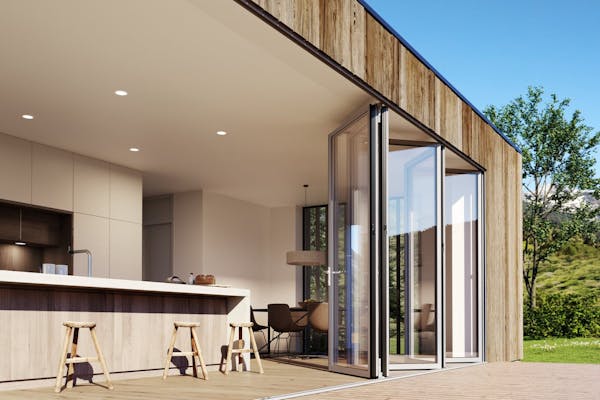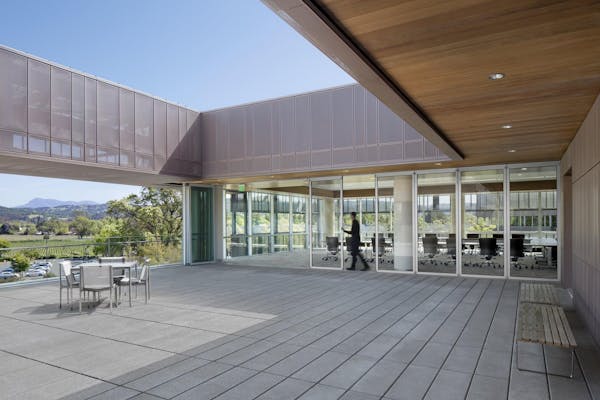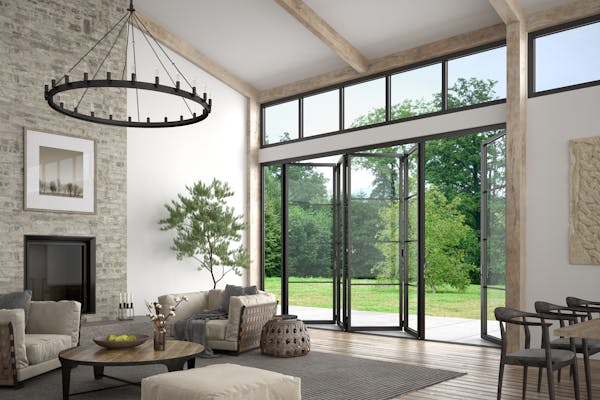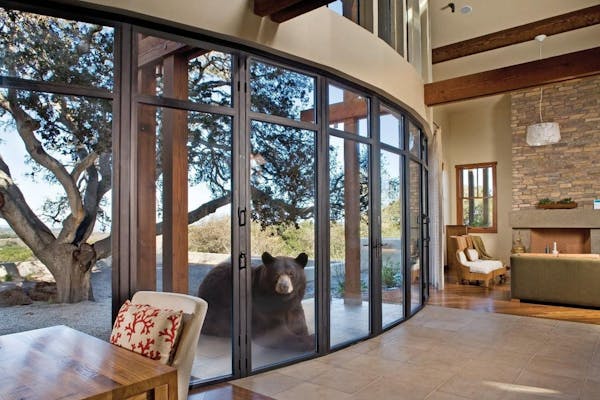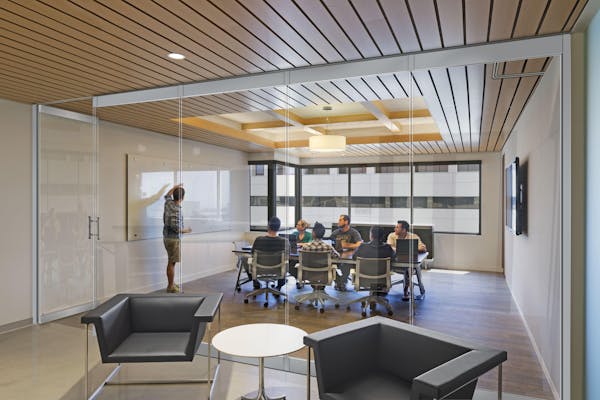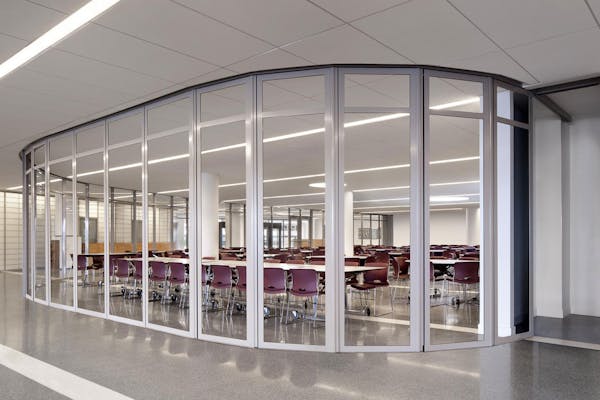Sound Explanations II: How the Right Glazing Ups the STC Ante
By NanaWall Systems, May 30, 2018
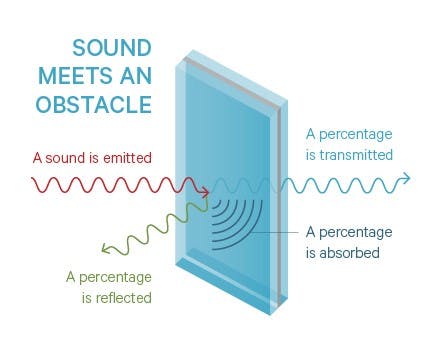
Earlier this month we started a dialogue about sound transmission class (STC) by defining STC, sound transmission loss (STL), and explaining how sound transmission works.
This week we’ll be discussing how the right glazing contributes to a better STC rating.
The sound attenuation of a material is dependent upon mass, damping (ability to dissipate vibrational energy), and stiffness. It’s difficult to augment the stiffness of a material like glass, but its mass and damping can be altered in order to provide greater STL.
Sound Explanations: STC and Glazing

To Increase glazing thickness is to add mass. Standard glass thickness for fenestration generally starts around 3/16 of an inch per a single pane of glass. Panes glazed with sound in mind are likely to have a thickness of 1/4” or more. Our PrivaSEE product for instance comes standard with 1/2” thick panes that are laminated with a sound enhanced interlayer.

Laminating glass is a great way to provide some sound damping. To create laminated glass one or more plastic interlayers are sandwiched between two panes of glass, which are all then bonded together at high heat to create a single pane.
Using additional panes of glass is also a method of increasing STC. The most valuable part of utilizing double paned glass is actually the distance between the two panes; as the air space between the panes in a piece of sealed double glazed fenestration increases, more of the vibrational sound energy is lost, thus increasing the STC. Conversely, if the space between the panes is too small it acts as a spring and actually transfers the vibrational energy instead of dissipating it.
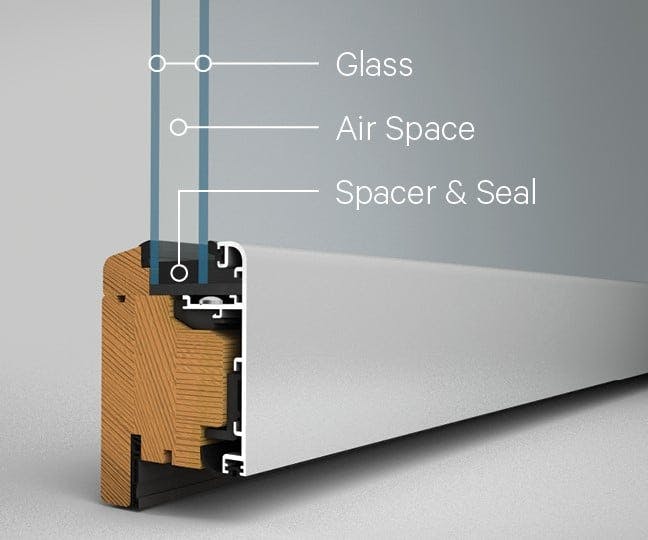
However, utilizing panes of the same thickness can also be problematic, as they tend to vibrate together, which isn’t great for STC. Different glass thicknesses are better at preventing different frequency types, thus using two different glazing thicknesses in a single piece of fenestration can actually improve STC, even if that means decreasing the thickness of one of the panes from what it otherwise would be.
Sound attenuating glass fenestration can also be triple glazed, but it is less common simply because the differences in sound reduction between double and triple glazed are nearly nonexistent. In order to derive discernible benefit from triple glazing, the interlayer separation between panes must be very large.
The last method of providing additional STL to glazing is to use infill. Infill, which is often made of glass fiber, is used between panes to add another layer of dampening. However, infill is not typically used as it causes fenestration to lose its transparency, rendering it opaque.
Join us next week for another installment of Sound Explanations!
Questions about STC and glazing? Send us a message at info@nanawall.com
